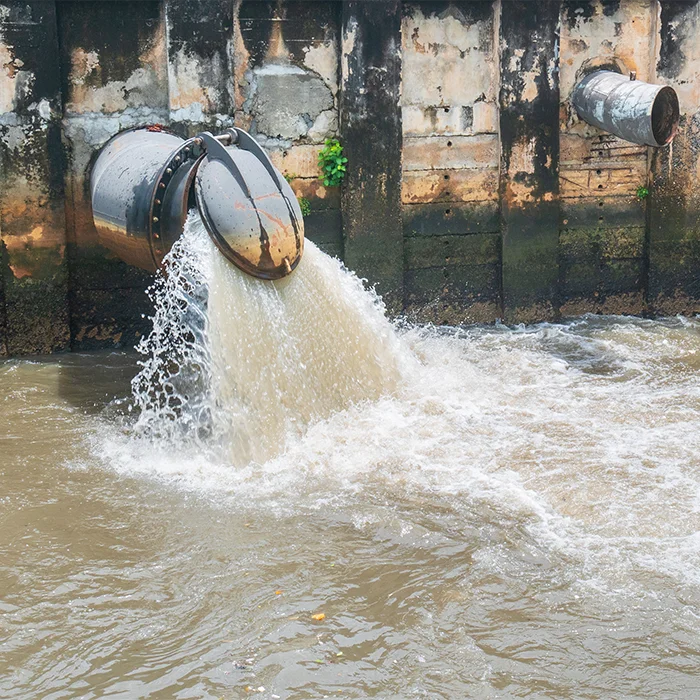What Alternative Brine Management Options Exist?
Hauling Brine to Permitted Disposal Sites
Hauling brine is done by some generators – but costs more, wastes the water, pollutes the air and generally just changes the point of discharge instead of fixing the problem.
Deep Well Injection
Deep well injection is often used in more remote areas – but costs more, and causes seismic issues (earthquakes have been reported).
Crystallization
The crystallization process is capital-intensive and consumes high levels of energy.


Why Not End-Of-Pipe Treatment?
End-of-pipe treatment faces inherent challenges, particularly when dealing with highly concentrated brines.
Industrial brine sources can be up to 4-5 times saltier than ocean water, reaching levels as high as 250,000 parts per million (ppm) of total dissolved solids.
Ocean water contains about 35,000 parts per million (ppm) of TDS.
These concentrated brines are better addressed at their source rather than allowing them to infiltrate the entire wastewater stream. Funneling these polluted brines to wastewater plants places a heavy burden on our water treatment system – raising costs and other issues. Wastewater plants have to deal with a myriad of contaminants and various levels, which makes recycling specific elements (such as salts) a more challenging endeavor.
Source Control is ALWAYS Better Than End-Of-Pipe Treatment
Smaller Volume of Treatment
By treating brine at the source, the volume of water being treated is smaller and more manageable.
Fewer Pollutants to Target
Handling a smaller volume of water at the source allows for more targeted and more effective treatment, often involving only one pollutant – compared to wastewater plants which have to deal with a myriad of pollutants from different sources.
Reduce Damage on Wastewater System
Treating the pollutant at the source removes salt before it can enter the wastewater system. This avoids potential damage and corrosion to pipes and pumps, providing a more sustainable and efficient water treatment approach.
More Cost Effective
Treating salt brine at its source is significantly more cost effective. Wastewater plants are struggling to keep up with the increasing amounts of salt brine being added to the system. In areas where this pollution is heaviest, improvements and repairs costing upwards of hundreds of millions of dollars would be needed for the wastewater system to keep up.
